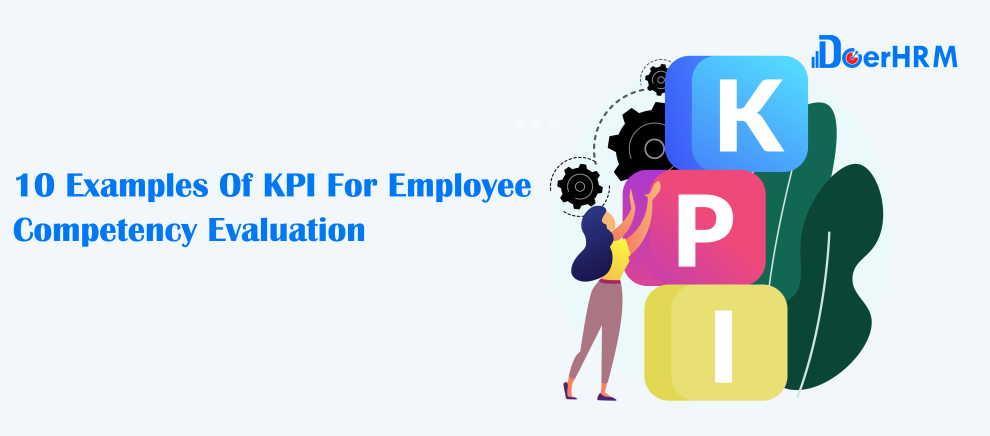Employee competency evaluation is an essential part of assessing a business’s growth because the success or failure of a business rests on the employees’ inputs. Hence, a business needs tangible data to measure if the employees are meeting established goals, objectives and working to their full potential. For employee competency evaluation, you need KPIs.
What is KPIs?
Key Performance Indicators (KPIs) are useful elements or metrics for employee competency evaluation to measure your business’s progress and employee’s impact towards set goals and objectives. These KPIs are markers to indicate employees’ productivity when carrying out Employee competency evaluations.
Below are 10 of the best examples of KPIs for employee competency evaluation:
- Revenue/Profit per employee: One of the most basic indicators of employee competency evaluation is to consider the quality of the workforce by each employee with what it costs to maintain the employee. Conducting employee competency evaluation with this is to compare what you gain on the employee and what you lose on them.
- Utilization rate: This is an indicator that points out the strengths and weaknesses of employees. When conducting employee competency evaluations, you have to weigh the quality of work performance based on their strength. Through employee competency evaluation, you can tailor tasks that utilize employees’ strengths.
- Average task completion rate: Almost similar to utilization rate, measure the time taken to complete tasks in line with the industry average during employee competency evaluation. Does the employee beat the standard or lag? Your findings determine if the employee is competent or not or how best to ensure they meet full potential.
- Time management: Time management is an essential factor to be considered when conducting employee competency evaluations. How did the employees manage time during working hours? Does the productivity level match with the expected time frame? Are daily tasks completed within working hours or does it require overtime? All these are questions to be asked when using this indicator for an employee competency evaluation.
- Creativity & Innovation: When conducting employee competency evaluation using this indicator, you need to examine the following: are the employees improving? Do they make efforts to reinvent themselves? Have they taken training to get better? How spontaneous are they when confronted with random clients situations? All these are to be measured during employee competency evaluation.

6. Attendance: Punctuality, presence at work according to the contractual demands should be evaluated too during employee competency evaluation. Check for attendance metrics especially for remote employees. Check their login time and when they signed off as this would provide information on their attendance.
7. Customer service: All employees are actively required to prioritize the customer’s demands. Check for their relationship with customers; how they promote the business PR with customers and their rapport in general. Consider this metric during your employee competency evaluation.
8. Consistency: Every business needs consistency to make any progress towards its objectives. Evaluate the consistency in work done. Measure the daily efforts and the peak productivity hours. Are they constantly meeting the key results needed for your objectives to be achieved? Considering all these will ensure a proper employee competency evaluation.
9. Teamwork: During employee competency evaluation, teamwork is one of the most important indicators to consider. Does the employee attend team brainstorming? Do they contribute efforts to the success of their team? Do they look out for other team members? Do they look out first for the team’s objectives to be achieved? Having a team player employee will boost your business. Hence, it is important to consider employee competency evaluation.
10. Communication: This indicator is also important for an employee competency evaluation. Good communication brings a healthy work environment. Check for their rapport with other employees, administrators and customers.
Conclusion
There are many factors considered by companies when conducting employee competency evaluations, but the major indicators listed in this post are germane for a universal employee competency evaluation.
To get one of the best employee competency evaluation tools that can help your team to improve their competency and work performance, book a free demo with our performance experts!






